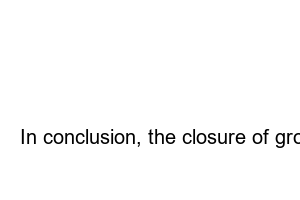성장판 닫히는 시기
As we grow and develop in our early years, our bodies go through many changes. One of the key factors in this development is the closure of growth plates. **Growth plates**, also known as epiphyseal plates, are areas of cartilage located at the ends of long bones in children and adolescents. These plates are responsible for bone growth and lengthening, and play a crucial role in determining a person’s final height.
**What are growth plates?**
Growth plates are areas of cartilage that are located at the ends of long bones in children and adolescents. They are responsible for bone growth and lengthening, and play a crucial role in determining a person’s final height.
**When do growth plates close?**
Growth plates typically close during adolescence, around the ages of 14-18 in girls and 16-20 in boys. Once the growth plates close, the bones stop growing in length and the person reaches their final height.
**What happens when growth plates close?**
When growth plates close, they are replaced by solid bone, marking the end of bone growth in length. This process is known as epiphyseal closure, and once it occurs, the bones will no longer grow in length.
**How can you tell if your growth plates have closed?**
A healthcare provider can determine if a person’s growth plates have closed through physical examination and imaging studies such as x-rays. Signs that growth plates have closed include the absence of bone growth in height and the presence of solid bone where the growth plates used to be.
**What factors can affect the closure of growth plates?**
Several factors can influence the closure of growth plates, including genetics, nutrition, hormonal factors, and overall health. Injuries to the growth plates can also affect their closure and potentially impact a person’s final height.
**Can growth plates be damaged?**
Yes, growth plates can be damaged through trauma or repetitive stress, which can lead to growth plate fractures or other injuries. It is important to seek medical attention if a growth plate injury is suspected to prevent any long-term complications.
**Summary:**
In conclusion, the closure of growth plates is an essential part of the bone growth process in children and adolescents. Once the growth plates close, bone growth in length stops, and a person reaches their final height. Factors such as genetics, nutrition, and injuries can impact the closure of growth plates. It is crucial to monitor growth plate development and seek medical attention for any potential injuries to ensure healthy bone growth and development.

